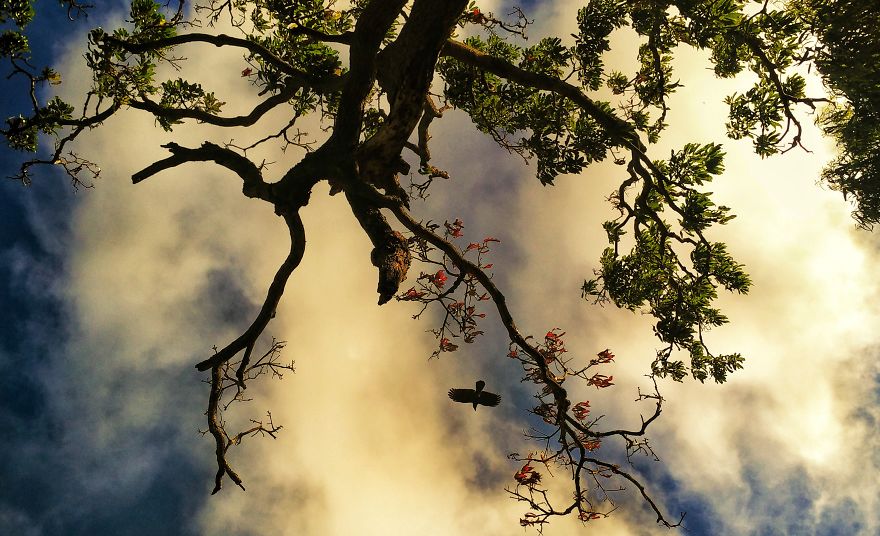
When you use DPReview links to buy products, the site may earn a commission. Photo: Richard Butler As usual, one of the first things we did when we received the Sony DSC-RX1R III was take it into our studio, to see how it performs.
The camera's lens has a degree of distortion but correcting it isn't compulsory, so we've matched the way we shot the RX1R II: JPEGs with distorion correction applied, Raw files without. However, it's worth noting that Adobe Camera Raw applies chromatic aberation correction automatically.
Studio scene
Our test scene is designed to simulate a variety of textures, colors and detail types you'll encounter in the real world. It also has two illumination modes to see the effect of different lighting conditions.
Image ComparisonThis widget is not optimized for RSS feed readers. Click here to open it in a new browser window / tab.
We'll take a closer look at the lens in a separate test, but you can see the RX1R III's sensor performs as you'd expect. It can't quite match the Leica Q3 43 for detail but it's capturing finer detail than the Mark II, with its 42MP sensor, could. Noise is comparable with the two other cameras with which it shares a sensor and with its predecessor, when compared at a common output size.
The JPEG engine does a good job of pulling out fine detail, and retains it to a reasonable degree at high ISO. Color rendition seems to be a match for recent Sony cameras, with perhaps slightly less bluey greens and greenish yellows than the RX1R II had.
A closer look at the lens
Our test scene isn't designed for testing lenses but allows a reasonable working distance, so the results shouldn't be too far removed from those you get from everyday shooting (we'll be publishing a sample gallery in the coming days, to let you compare). It also lets you examine when the lens sharpens up and when vignetting disappears.
The images in this scene have been processed with geometric distortion correction on and off. They have also been processed with a slightly higher level of sharpening than the one we use for out standard test scene, to give a better idea of what you can get out of them.
Image ComparisonThis widget is not optimized for RSS feed readers. Click here to open it in a new browser window / tab.
The first thing you see is that the vignetting present at F2. 0 has all but gone by F2. 8. Whereas sharpness takes longer, still improving when you get to F5. 6.
Turning the corrections off reveals a degree of barrel distortion but it's only something you're likely to notice if you're shooting test charts or brick walls. There doesn't seem to be any significant loss of sharpness if you correct the results, so it's really a question of taste whether you choose to apply the corrections.
Overall it's fair to say the high pixel count starts to reveal the limitations of the lens at wider apertures, but still does a good job when stopped down. And, although the two aren't perfectly comparable (the Leica was processed with Capture One, which doesn't support the Sony yet), the performance is well short of the Leica Q3 43's lens at wider apertures.
In practice we found that, while it lacks critical sharpness at the distances and apertures used for portraits, it delivers all you might expect for landscape shots.
. dpreview.com2025-7-25 18:57



